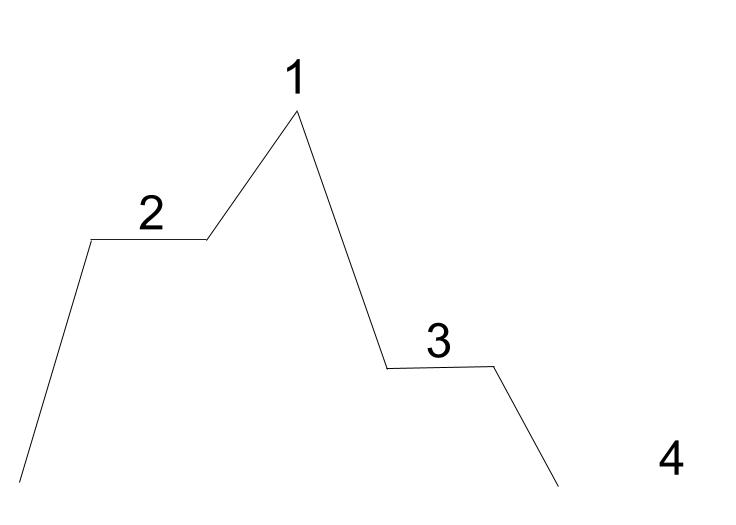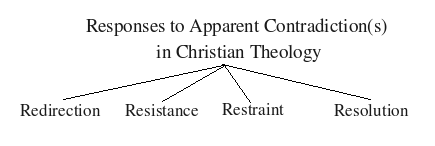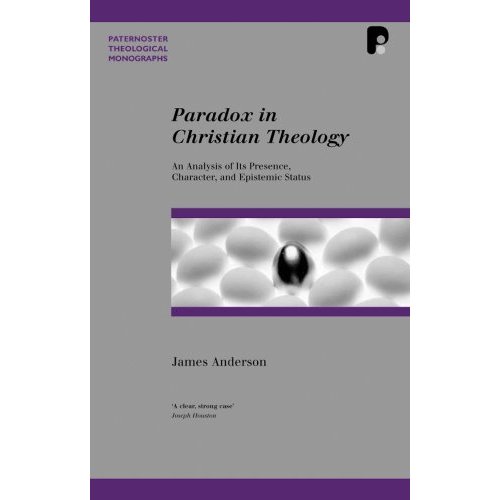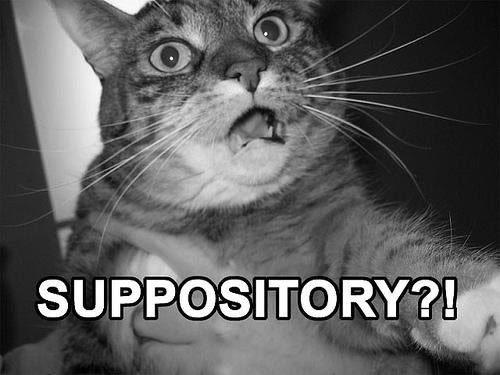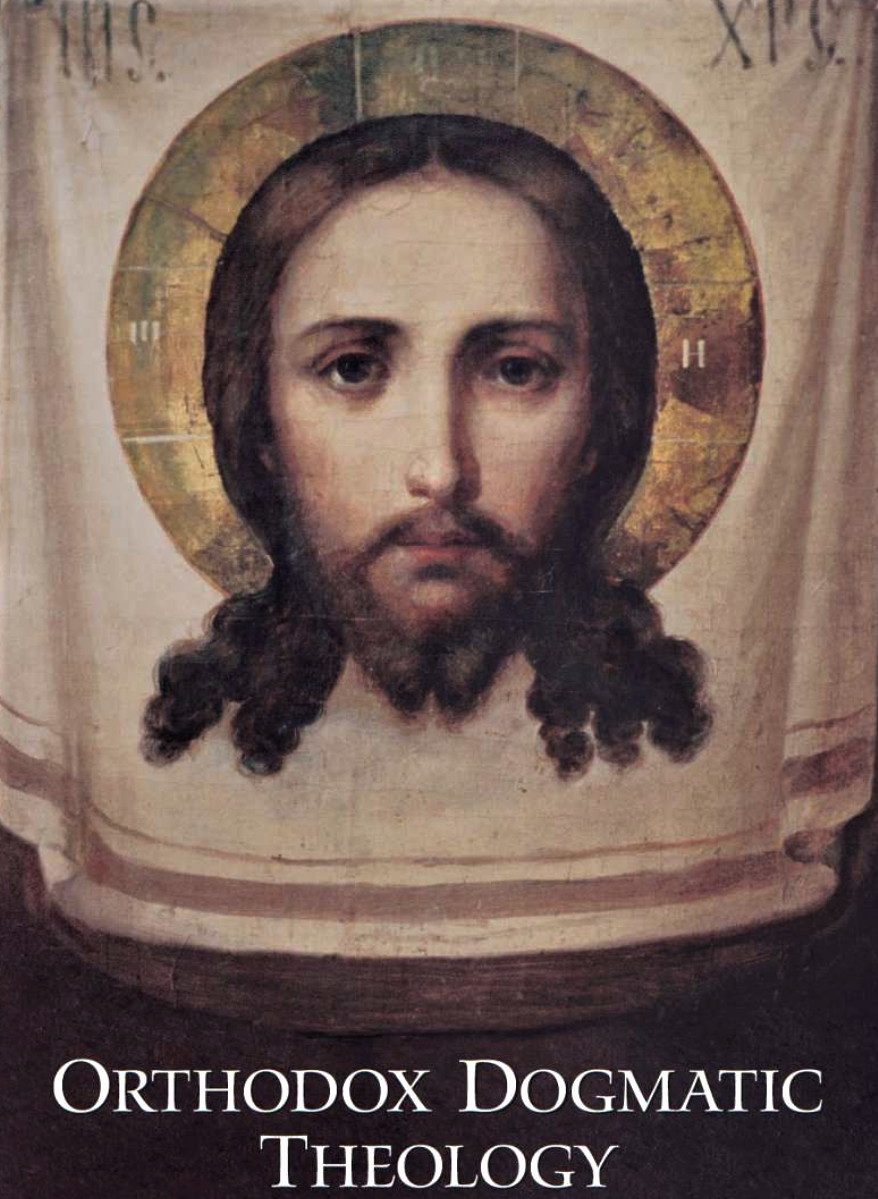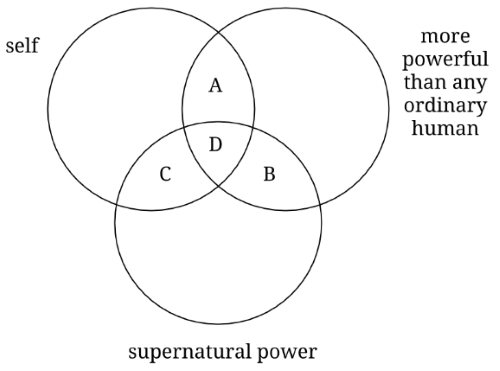Mysterians at work in Dallas

What I call positive mysterianism about the Trinity is the view that the doctrine, as best we can formulate it, is apparently contradictory. Now many Christian philosophers resort to this in the end, but only after one or more elaborate attempts to spell the doctrine out in a coherent way. On the other hand, some jump more quickly for the claim, not really expanding on or interpreting the standard creedal formulas much at all. These are primarily who I have in mind when I use the label “positive mysterian”.
I ran across a striking version of this recently, in a blog post by theologian C. Michael Patton, who blogs at Parchment and Pen: a theology blog. In his interesting post, he says that all the typical analogies for the Trinity (shamrock, egg, water-ice-vapor, etc.) are useful only for showing what the Trinity doctrine is not.
This contrasts interestingly with what I call negative mysterians. Typically, and this holds for many of the Fathers, as well as for people like Brower and Rea nowadays, they hold that all these analogies are useful, at least when you pile together enough of them, for showing what the doctrine is. Individually, they are highly misleading, and only barely appropriate, but they seem to think that multiplying analogies like these results in our achieving a minimal grasp of what is being claimed. Maybe they think the seeming inconsistency of the analogies sort of cancels out the misleading implications of each one considered alone.
In any case, in Patten’s view, the best you can do is to Read More »Mysterians at work in Dallas







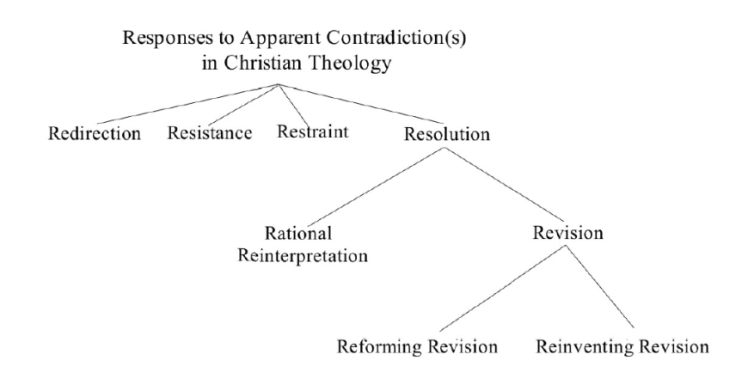
 This post is sponsored by the letter “R”.
This post is sponsored by the letter “R”.